The Municipality of Budapest, BKK and KTI – Közlekedéstudományi Intézet Nonprofit Kft. (Institute for Transport Sciences Non Profit Ltd.) have put substantial effort in organising warm-up events and reaching out to local stakeholders up until now. In order to talk to the citizens, our Budapest team built on the “frenzy” of the European Mobility Week and engaged with people. We wanted to collect their opinions, while also looking for innovative mobility or transport ideas and finding out the ideal picture for the city – a positive vision of what is to be achieved. Overall, the key message was: ‘Let’s talk about Budapest!’
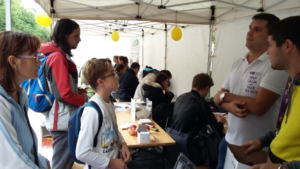
Following this preparatory phase, two main intervention areas were selected, which will be the focus point of the activities of the Budapest Citizen Mobility Community.
The first one is the Műegyetem embankment. Along the Danube and in front of the university building, the Műegyetem embankment is a critical area because it is so little pedestrian-friendly and it is so congested. There is a lack of green spaces and public transport, the line for bicycles is narrow and there are no bicycle stands, no major points of interest nor facilities (for example, bathing houses or public toilets). Instead, cars are all over, either speeding on the street along the river or parked in front of the university. Students, tourists and inhabitants who wish to cross the street and admire the view of the Pest side from the balustrade or get to the ferry station on the river have two main choices: walk to the next zebra crossing, which is further up the street, and then walk back a relatively long way (at least compared to the 50 metres beeline); or dangerously zigzag through the traffic and parking lots, stopping and running as the flow goes.
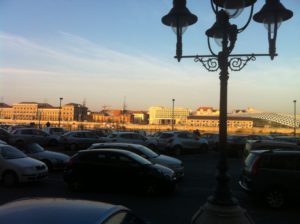
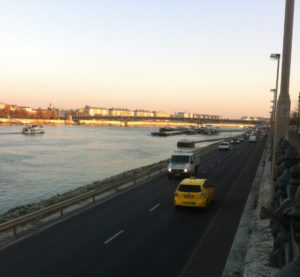

The second one is Batthyány Square, a beautiful historical location with a view on Budapest parliament. The square is not much used as a public space and represent instead a mobility node for busses, the suburban railway and the metro line. Cars also dart along the river bank and zebra crossings are not much used by courageous (or reckless?) pedestrians. Because of this, the traffic and transport infrastructure represent the dominant traits of the square, which, consequently, has lost part of its charm over the years. The intention here is to restore the old atmosphere of the baroque square, while also creating a community space and recreation park for the locals.
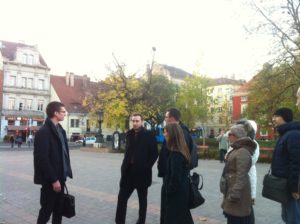

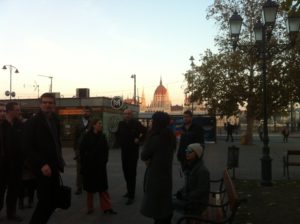
The local Citizen Mobility Community will have a say on these intervention sites. Those who will be happy to engage with the project will be invited to participate in a co-creative process to identify ways to change the look and feel of the Műegyetem embankment and of Batthyány Square. If you live in Budapest, why not take this chance to express your view and contribute to better mobility and more sustainable urban planning? If you don’t live in Budapest, then you can still follow the work of the partners and communities in our pilot areas and see if they are up to the great challenge they are tackling.

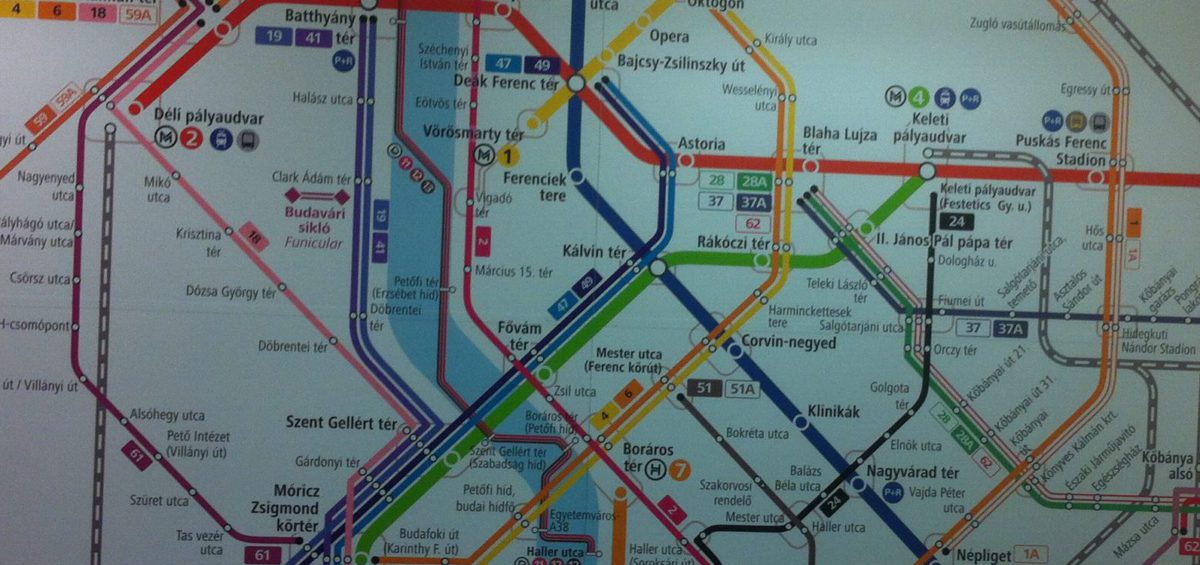


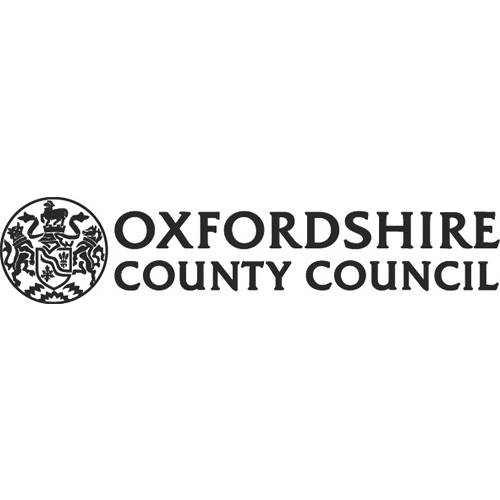

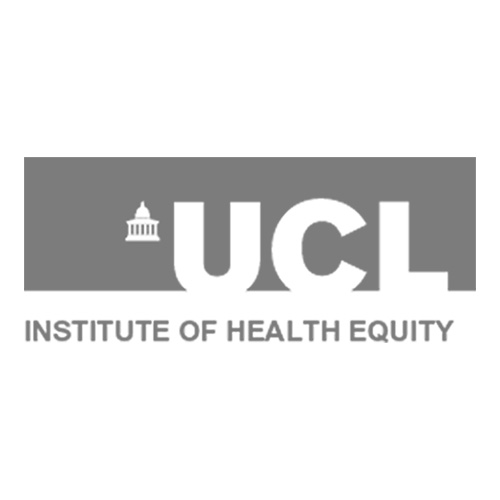
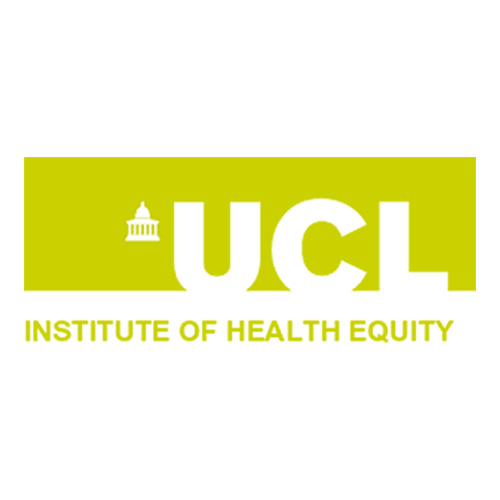
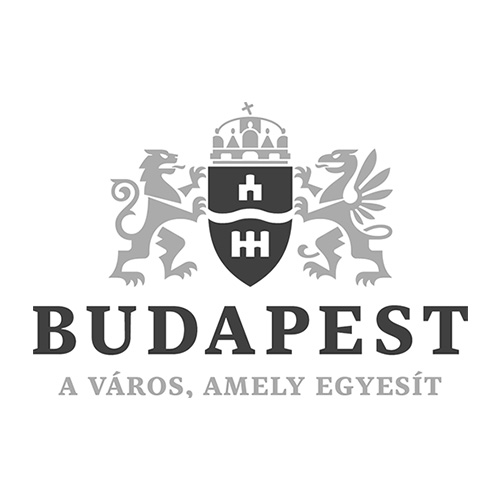
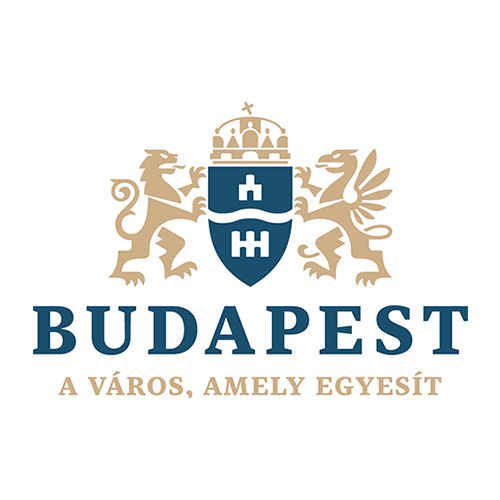
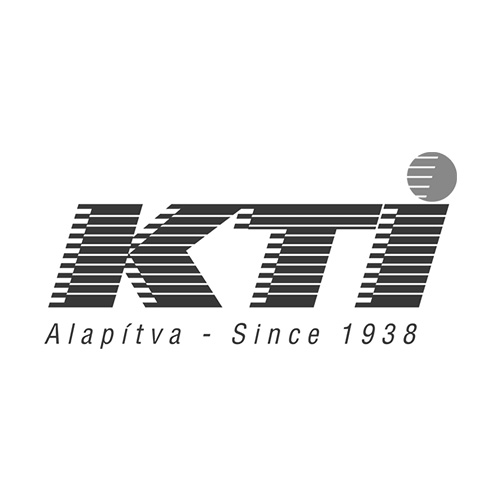
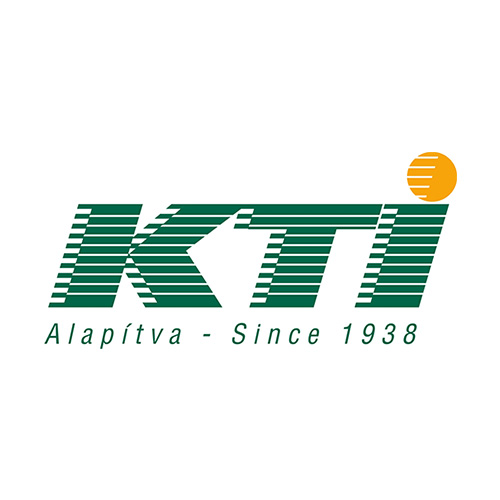
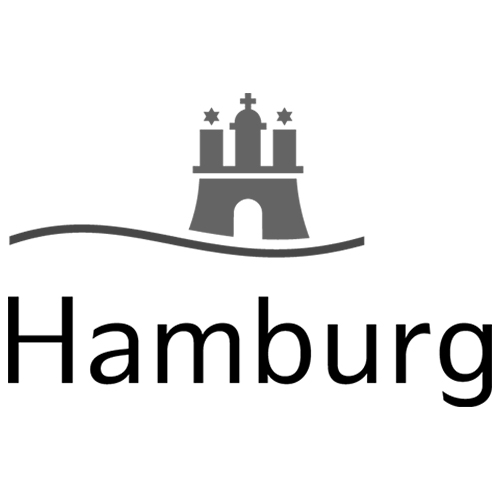
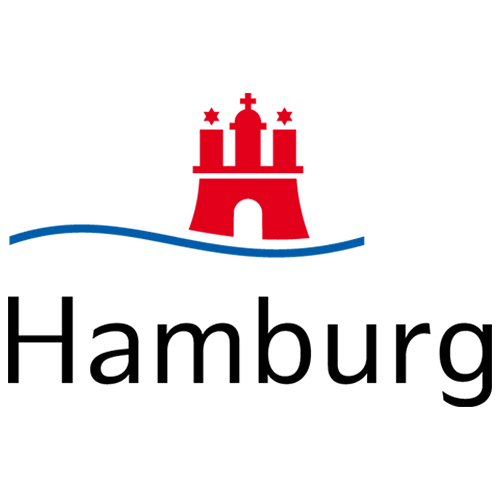
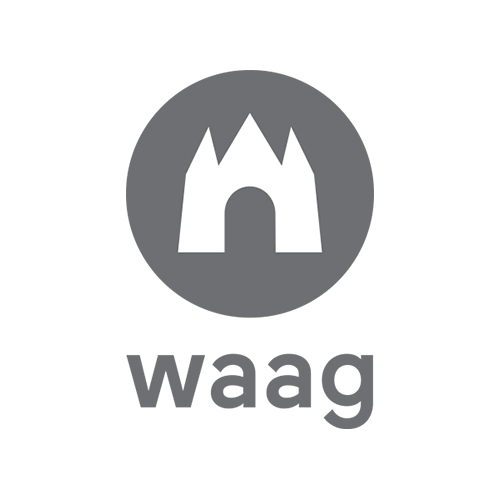

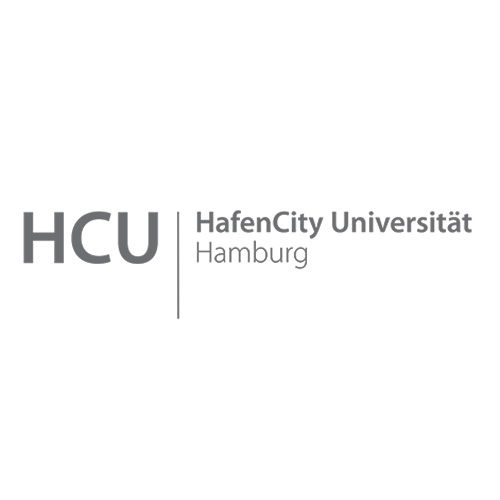
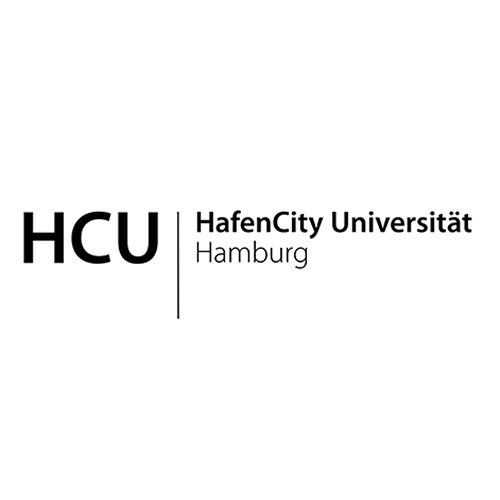
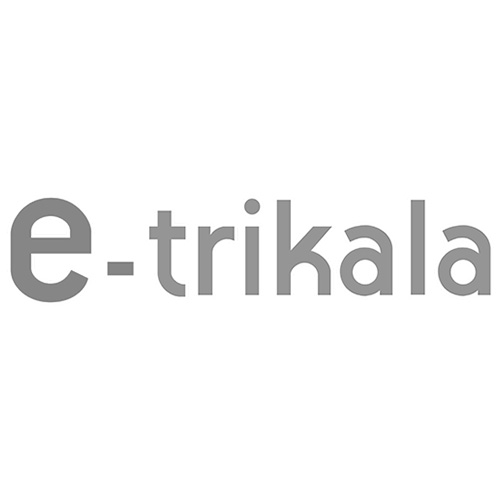
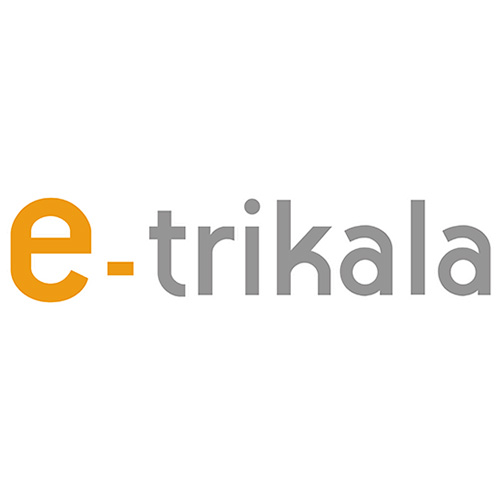


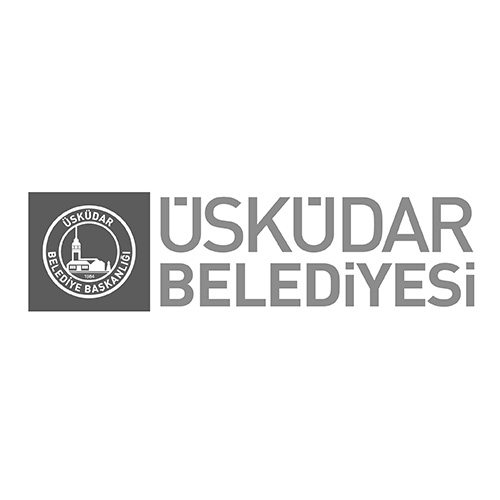


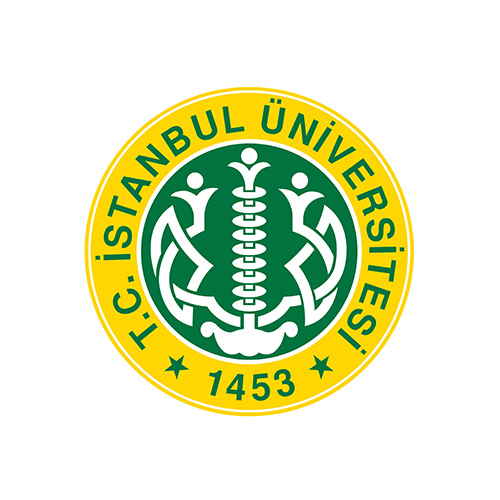


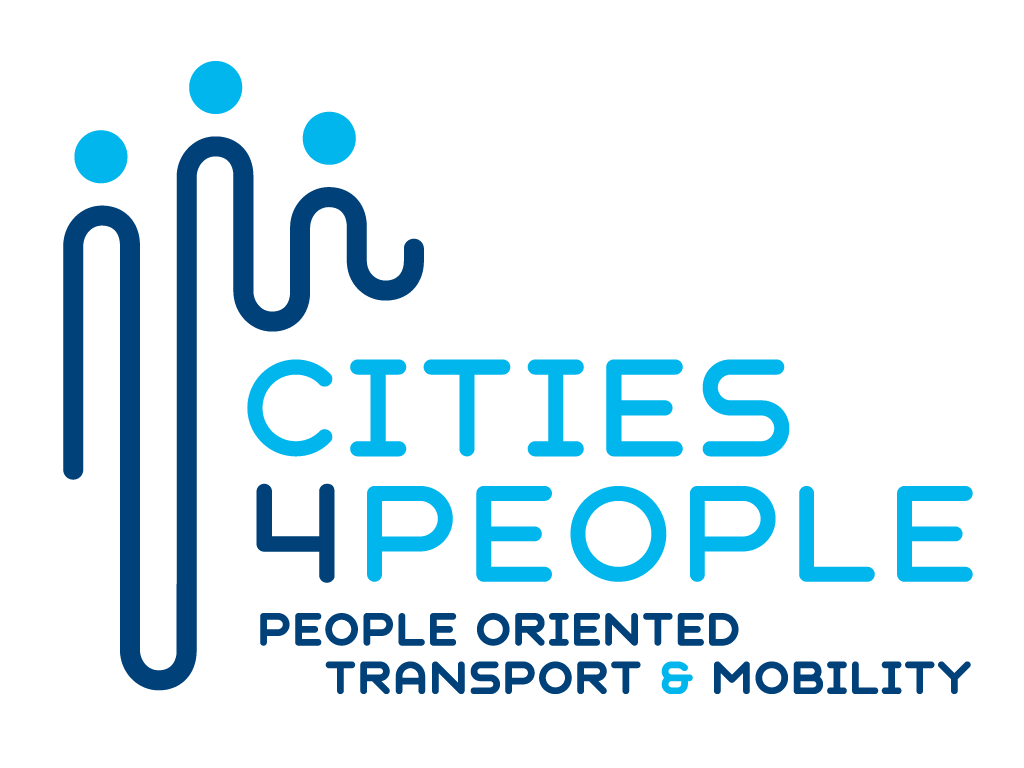
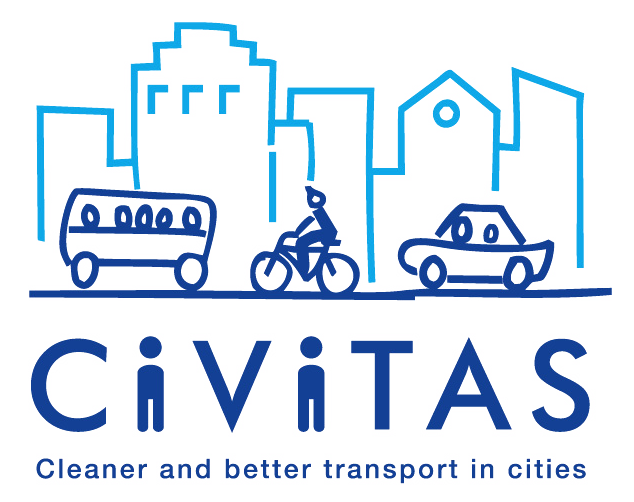


 English
English Ελληνικά
Ελληνικά Deutsch
Deutsch Turkish
Turkish